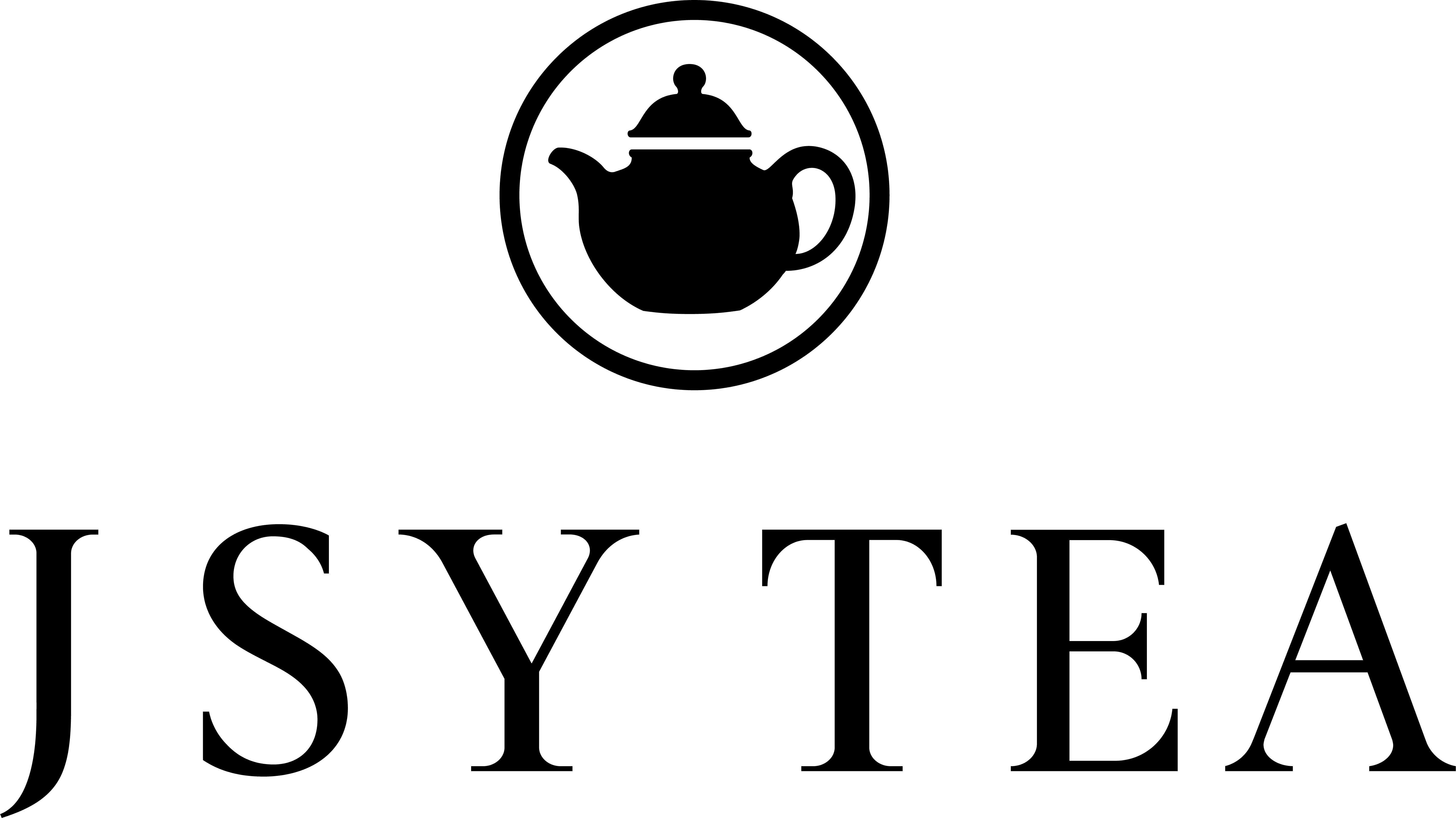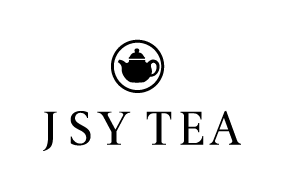Recommended High Mountain Teas: Three Must-Try High Mountain Oolong Teas
High mountain tea has always been shrouded in mystery, influenced by its unique terroir. Many seasoned tea enthusiasts say that to truly appreciate high mountain tea, one must not only savor its delicate fragrance and sweet flavor but also have a proper understanding of the concept of terroir.
The so-called terroir refers to all the natural conditions of the tea garden, which leave an imprint on the tea trees. Each tea leaf might not have an address written on it, but it will tell you through its flavor where it comes from and how well it grew. Did it get enough rain? Was it too cold? Did it receive adequate sunlight? What nutrients were in the soil? Was the tea garden previously used for other crops? Was the mist surrounding the garden dry or wet? Many experienced tea drinkers strive to decode all these messages from the tea, but it is not easy. It requires extensive tea-tasting experience and a thorough understanding of the natural conditions of different tea regions to truly see a world in a cup of tea.
Tea trees are highly adaptable, and all interactions with nature leave subtle records on them, narrating their growth process in a very nuanced way. Tea makers use these records to decide how to adjust their processing methods to bring out the best in the tea. For me, understanding the terroir of each tea is like appreciating its personality and character. Some teas have a strong, woody base, like a mature and steady man. Others have a gentle and elegant quality, reminiscent of a graceful lady. Some teas may not have particularly outstanding flavors but possess a subtle sweetness and harmonious taste, making drinking them as pleasant as chatting with an old friend.
Here are three high-quality high mountain oolong teas recommended for you:
Recommended Tea:Lishan Oolong Tea
Recommended Tea:Shanlinxi Oolong Tea
Recommended Tea:Ali Shan Oolong Tea




